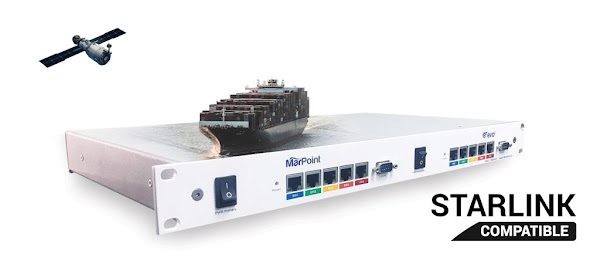#45 How Do You Start Designing Your On-Vessel Maritime Cybersecurity Action Plan?
Your maritime cybersecurity action plan will take some time to pull together, you can do several things in the short-term to jumpstart your efforts and establish an initial baseline of cybersecurity for your vessels: Your On-Vessel Maritime Cybersecurity Action Plan Update the admin password on critical systems and devices on your OT network Make sure you change the admin password on your critical systems and devices from the manufacturer default. Hackers can quickly identify and access internet-connected systems that use shared default passwords. It is imperative to change default manufacturer passwords and restrict network access to critical vessel systems. Update your passwords regularly and use multi-factor authentication, where possible If you do not have one in place already, deploy a password management system for your critical computers and devices on your OT network. This includes adding multi factor authentication, where possible, and changing passwords (including a

